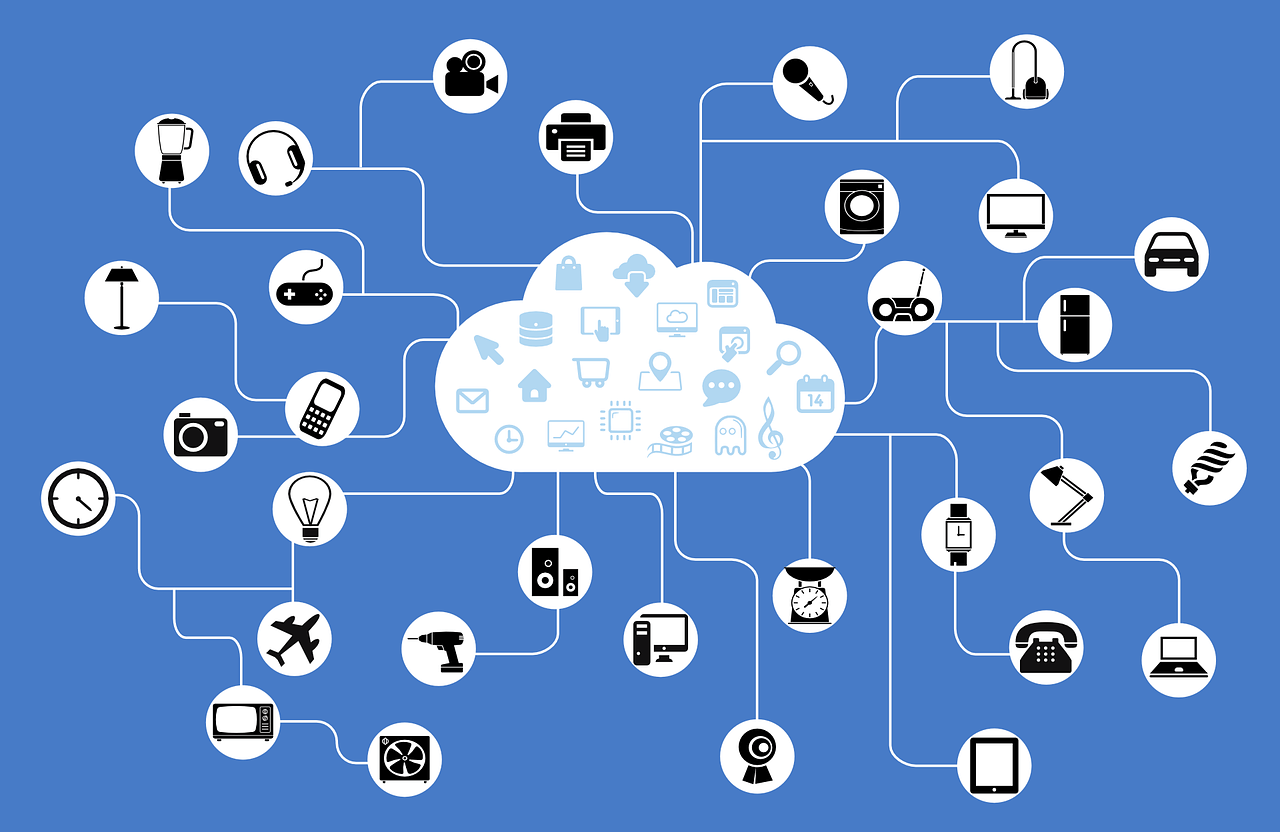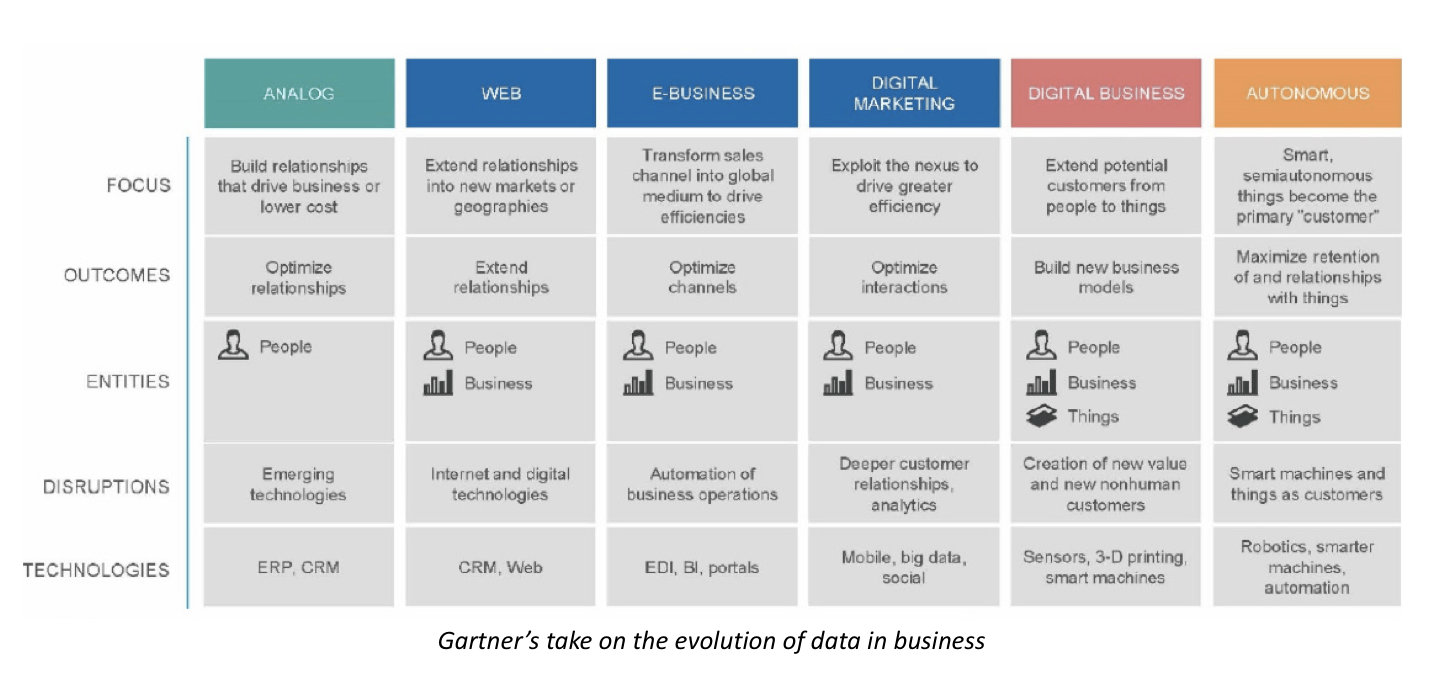Better decision-making has now topped compliance as the primary driver of data governance. However, organizations still encounter a number of bottlenecks that may hold them back from fully realizing the value of their data in producing timely and relevant business insights.
While acknowledging that data governance is about more than risk management and regulatory compliance may indicate that companies are more confident in their data, the data governance practice is nonetheless growing in complexity because of more:
- Data to handle, much of it unstructured
- Sources, like IoT
- Points of integration
- Regulations
Without an accurate, high-quality, real-time enterprise data pipeline, it will be difficult to uncover the necessary intelligence to make optimal business decisions.
So what’s holding organizations back from fully using their data to make better, smarter business decisions?
Data Governance Bottlenecks
erwin’s 2020 State of Data Governance and Automation report, based on a survey of business and technology professionals at organizations of various sizes and across numerous industries, examined the role of automation in data governance and intelligence efforts. It uncovered a number of obstacles that organizations have to overcome to improve their data operations.
The No.1 bottleneck, according to 62 percent of respondents, was documenting complete data lineage. Understanding the quality of source data is the next most serious bottleneck (58 percent); followed by finding, identifying, and harvesting data (55 percent); and curating assets with business context (52 percent).
The report revealed that all but two of the possible bottlenecks were marked by more than 50 percent of respondents. Clearly, there’s a massive need for a data governance framework to keep these obstacles from stymying enterprise innovation.
As we zeroed in on the bottlenecks of day-to-day operations, 25 percent of respondents said length of project/delivery time was the most significant challenge, followed by data quality/accuracy is next at 24 percent, time to value at 16 percent, and reliance on developer and other technical resources at 13 percent.
Overcoming Data Governance Bottlenecks
The 80/20 rule describes the unfortunate reality for many data stewards: they spend 80 percent of their time finding, cleaning and reorganizing huge amounts of data and only 20 percent on actual data analysis.
In fact, we found that close to 70 percent of our survey respondents spent an average of 10 or more hours per week on data-related activities, most of it searching for and preparing data.
What can you do to reverse the 80/20 rule and subsequently overcome data governance bottlenecks?
1. Don’t ignore the complexity of data lineage: It’s a risky endeavor to support data lineage using a manual approach, and businesses that attempt it that way will find it’s not sustainable given data’s constant movement from one place to another via multiple routes – and doing it correctly down to the column level. Adopting automated end-to-end lineage makes it possible to view data movement from the source to reporting structures, providing a comprehensive and detailed view of data in motion.
2. Automate code generation: Alleviate the need for developers to hand code connections from data sources to target schema. Mapping data elements to their sources within a single repository to determine data lineage and harmonize data integration across platforms reduces the need for specialized, technical resources with knowledge of ETL and database procedural code. It also makes it easier for business analysts, data architects, ETL developers, testers and project managers to collaborate for faster decision-making.
3. Use an integrated impact analysis solution: By automating data due diligence for IT you can deliver operational intelligence to the business. Business users benefit from automating impact analysis to better examine value and prioritize individual data sets. Impact analysis has equal importance to IT for automatically tracking changes and understanding how data from one system feeds other systems and reports. This is an aspect of data lineage, created from technical metadata, ensuring nothing “breaks” along the change train.
4. Put data quality first: Users must have confidence in the data they use for analytics. Automating and matching business terms with data assets and documenting lineage down to the column level are critical to good decision-making. If this approach hasn’t been the case to date, enterprises should take a few steps back to review data quality measures before jumping into automating data analytics.
5. Catalog data using a solution with a broad set of metadata connectors: All data sources will be leveraged, including big data, ETL platforms, BI reports, modeling tools, mainframe, and relational data as well as data from many other types of systems. Don’t settle for a data catalog from an emerging vendor that only supports a narrow swath of newer technologies, and don’t rely on a catalog from a legacy provider that may supply only connectors for standard, more mature data sources.
6. Stress data literacy: You want to ensure that data assets are used strategically. Automation expedites the benefits of data cataloging. Curated internal and external datasets for a range of content authors doubles business benefits and ensures effective management and monetization of data assets in the long-term if linked to broader data governance, data quality and metadata management initiatives. There’s a clear connection to data literacy here because of its foundation in business glossaries and socializing data so all stakeholders can view and understand it within the context of their roles.
7. Make automation the norm across all data governance processes: Too many companies still live in a world where data governance is a high-level mandate, not practically implemented. To fully realize the advantages of data governance and the power of data intelligence, data operations must be automated across the board. Without automated data management, the governance housekeeping load on the business will be so great that data quality will inevitably suffer. Being able to account for all enterprise data and resolve disparity in data sources and silos using manual approaches is wishful thinking.
8. Craft your data governance strategy before making any investments: Gather multiple stakeholders—both business and IT— with multiple viewpoints to discover where their needs mesh and where they diverge and what represents the greatest pain points to the business. Solve for these first, but build buy-in by creating a layered, comprehensive strategy that ultimately will address most issues. From there, it’s on to matching your needs to an automated data governance solution that squares with business and IT – both for immediate requirements and future plans.
Register now for the first of a new, six-part webinar series on the practice of data governance and how to proactively deal with the complexities. “The What & Why of Data Governance” webinar on Tuesday, Feb. 23rd at 3 pm GMT/10 am ET.









